Best Mindfulness Retreats
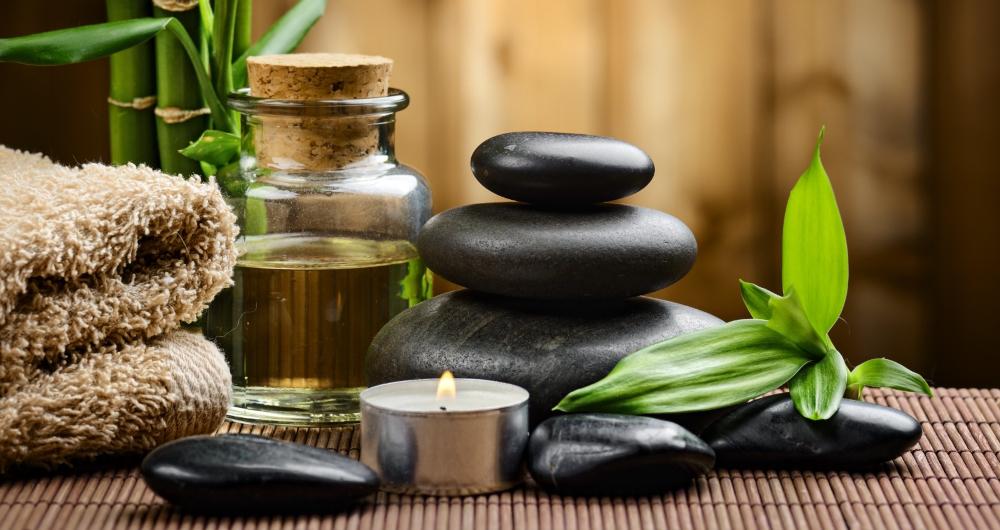
Searching for the best mindfulness retreats? Well, you are in the right place! As someone who’s explored mindfulness retreats across the U.S., I’ve found that no two places are alike. Each offers a unique way to pause, reset, and reconnect. From coastal sanctuaries to mountain hideaways, the country’s diversity shines through in the retreat experience. After much reflection, these are the standout mindfulness retreats I think you should consider visiting.
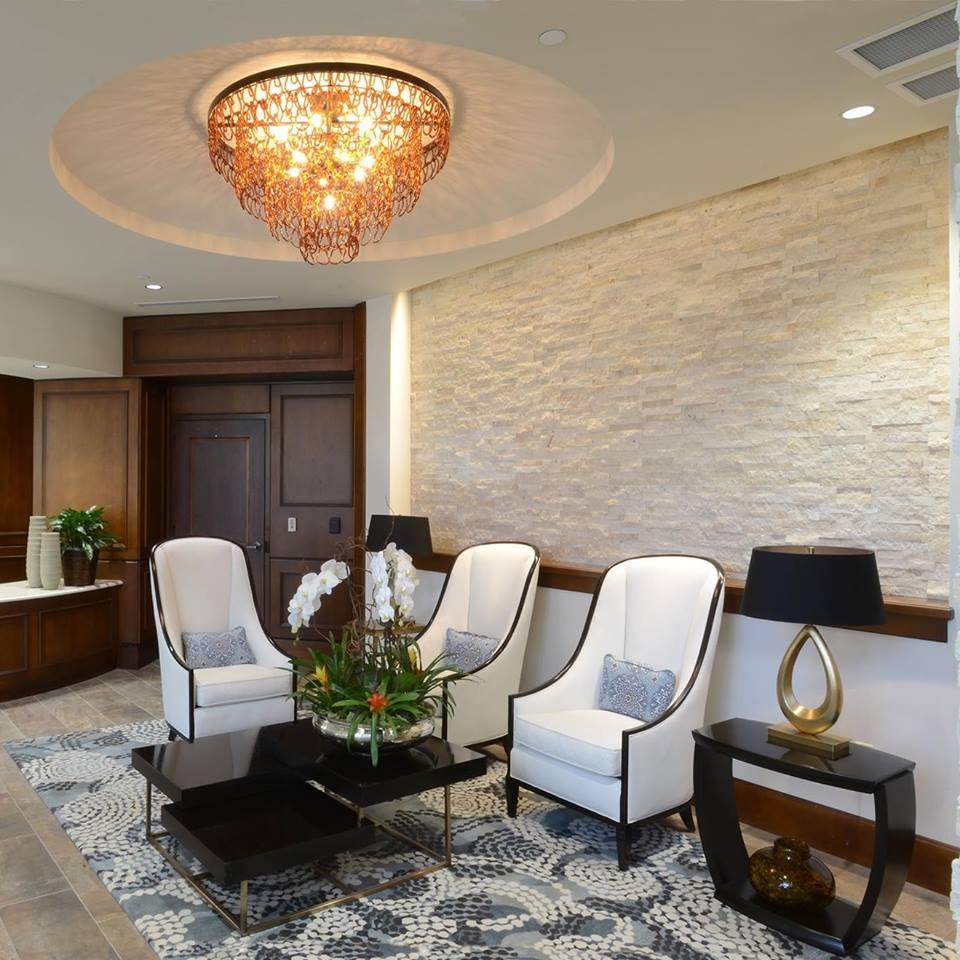
1. Strata Spa and Salon at Garden of the Gods Resort and Club
This place actually filled me with awe! Nestled within the stunning Garden of the Gods landscape, the spa’s sleek glass design blends seamlessly with the dramatic red rock views outside.
After a 2.5-hour drive south from Denver, I arrived at Garden of the Gods Resort and Club, where the red rock formations rose dramatically against the horizon Inside, I discovered a tranquil, light-filled sanctuary with earthy tones, natural textures, and modern touches...it felt serene yet sophisticated, a true wellness oasis surrounded by nature.
My spacious treatment room for 2 hours opened up to those unforgettable mountain vistas, and I loved how the clean, minimalist design allowed the views to take center stage. The calming atmosphere made it easy to unwind, setting the stage for a deeply restorative experience.
My retreat for four days was all about immersive relaxation, from the holistic spa treatments and wellness classes to lounging in the outdoor infinity pool overlooking the Rockies.
I think that Garden of the Gods Resort is one of the best mindfulness retreats in the United States. Why? Its surrounded by incredible natural beauty, it's easy to get to and I especially loved the focus on mindfulness and balance, whether through guided meditation, sound therapy, or simply soaking in the breathtaking scenery.
- To book, check prices or availability for 4-star Strata Spa and Salon
- Map & Directions
- Strata Spa and Salon website
The incredible rooftop yoga with panoramic views of Pikes Peak was my personal highlight.
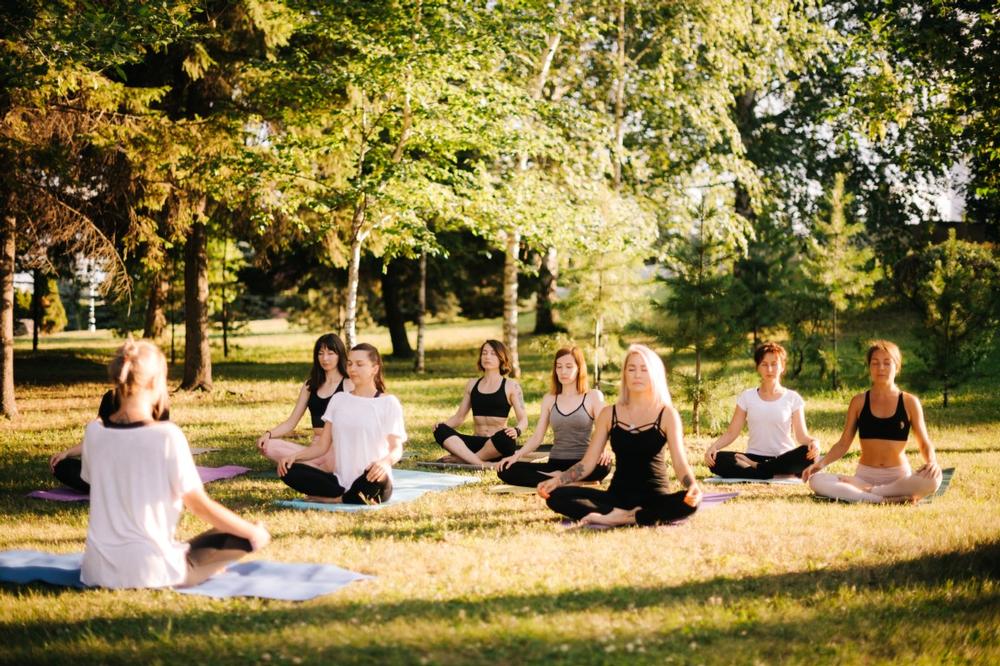
2. Skyterra Wellness Retreat, Pisgah Forest, NC
This retreat left me completely recharged! Tucked away in the lush Blue Ridge Mountains, this place is surrounded by towering trees, fresh mountain air, and peaceful streams. The setting itself feels like an invitation to slow down and breathe deeply. The design is warm and inviting, with cozy lodge-style details and airy, light-filled spaces that create an atmosphere of calm comfort.
My private cottage for three days was thoughtfully designed for rest and renewal, with modern rustic touches, soothing earth tones, and plenty of space to disconnect from daily stresses. Waking up to the quiet of the forest each morning was nothing short of magical.
What made my stay stand out was the holistic approach to wellness. Days were filled with mindful movement classes, personalized fitness sessions, guided hikes through Pisgah National Forest, and nourishing, chef-prepared meals crafted with health in mind. Each element worked together to nurture both body and mind.
My favorite highlight was the peaceful morning yoga on the outdoor deck with mountain mist rolling in, and the creative, farm-fresh meals that felt indulgent yet nourishing.
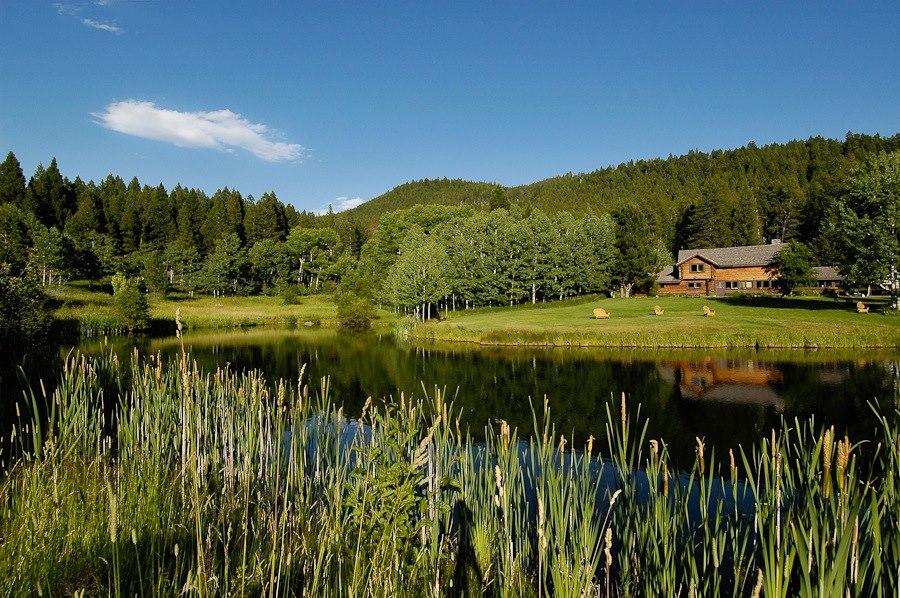
3. Feathered Pipe Ranch, Montana
This retreat, tucked into the mountains outside Helena, was a perfect spot when I was craving reflection, nature, and a reset. This Montana retreat truly felt like stepping into a sanctuary! Set in a serene valley just outside Helena, the ranch is surrounded by pine forests, tranquil meadows, and a sparkling lake — the natural setting itself radiates peace and grounding energy. The atmosphere is rustic yet welcoming, with a soulful, retreat-style charm that makes you instantly feel at home.
My cabin for two days was simple but cozy, with wooden accents, soft lighting, and a connection to nature that encouraged me to unplug and slow down. I especially loved waking up to the quiet sounds of the forest and watching the sunlight filter through the trees — it was the perfect backdrop for reflection and renewal.
What makes this place so special is its deep roots in mindfulness and yoga traditions. Days flowed with expert-led yoga and meditation sessions, wellness workshops, nature walks, and nourishing communal meals. The emphasis here is less about luxury and more about authentic, heart-centered healing in a community-driven environment.
My favorite highlight was the sunrise meditations by the lake and the sense of connection that came from sharing meals and stories with fellow retreat-goers.
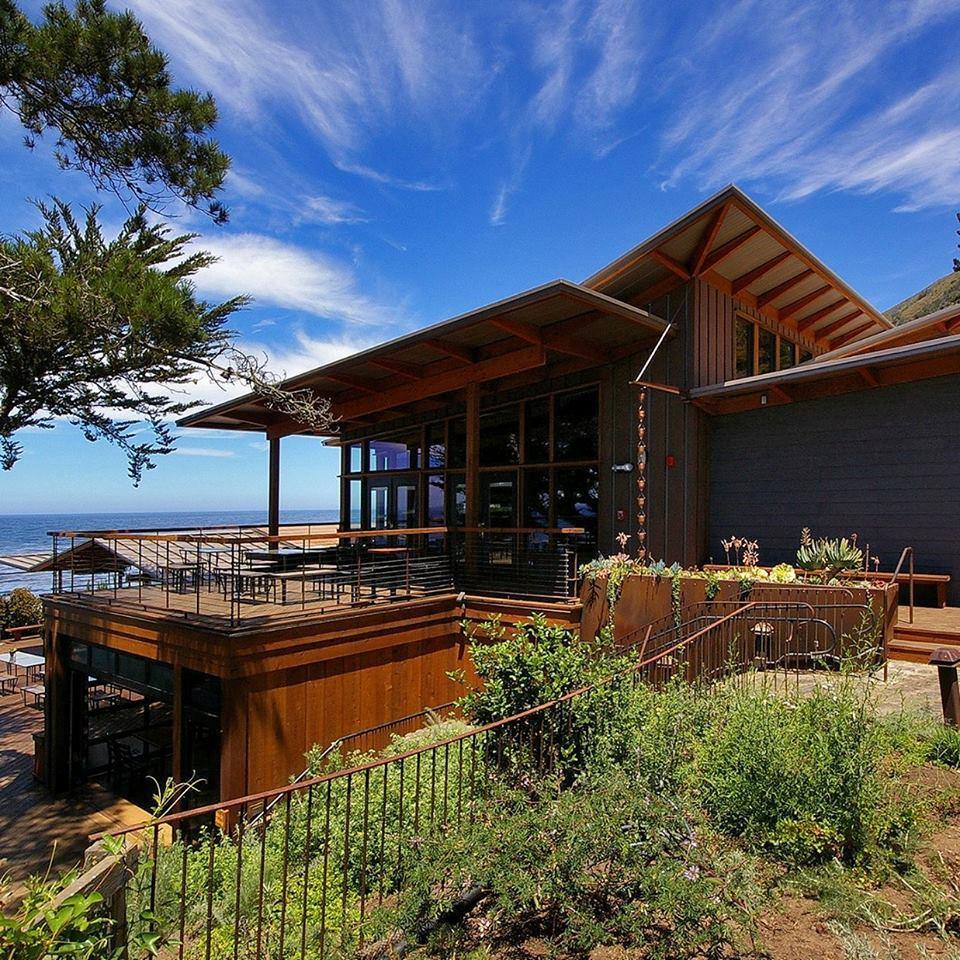
4. The Esalen Institute
Set along one of the most spectacular coastlines in California, this place feels like one of the most untouched and soulful retreat spaces I’ve ever experienced. Perched dramatically on the cliffs of Big Sur, Esalen overlooks the wild Pacific Ocean, where crashing waves meet endless horizons. The setting itself feels transformative — raw, powerful, and deeply inspiring. The campus blends rustic simplicity with natural beauty, creating an atmosphere that is both grounding and expansive.
My room for two days was intentionally minimal, designed to encourage presence rather than distraction. Large windows framed the stunning coastal views, and the sound of the ocean at night felt like nature’s lullaby. It was the kind of environment that invited stillness and reflection. The Esalen experience is all about immersion — days can be spent in yoga and meditation, creative expression workshops, bodywork, or simply soaking in the legendary cliffside hot springs that overlook the ocean.
The focus is on deep personal growth and mindfulness, with a strong sense of community woven into each activity and meal shared that completely won me over.
I love that there is a lot to see and do in Big Sur, including seeing the iconic Bixby Bridge and McWay Falls, relaxing on Pfeiffer Beach, hiking through redwoods in Pfeiffer Big Sur State Park and Julia Pfeiffer Burns State Park. You can also hike coastal trails at Point Lobos State Natural Reserve and Garrapata State Park, visit the historic Point Sur Lighthouse, or discover hidden gems like Partington Cove and the Henry Miller Library.
My favorite highlights were the magical soak in the hot springs under a star-filled sky, and the energizing sense of connection that comes from Esalen’s unique mix of learning, healing, and nature.
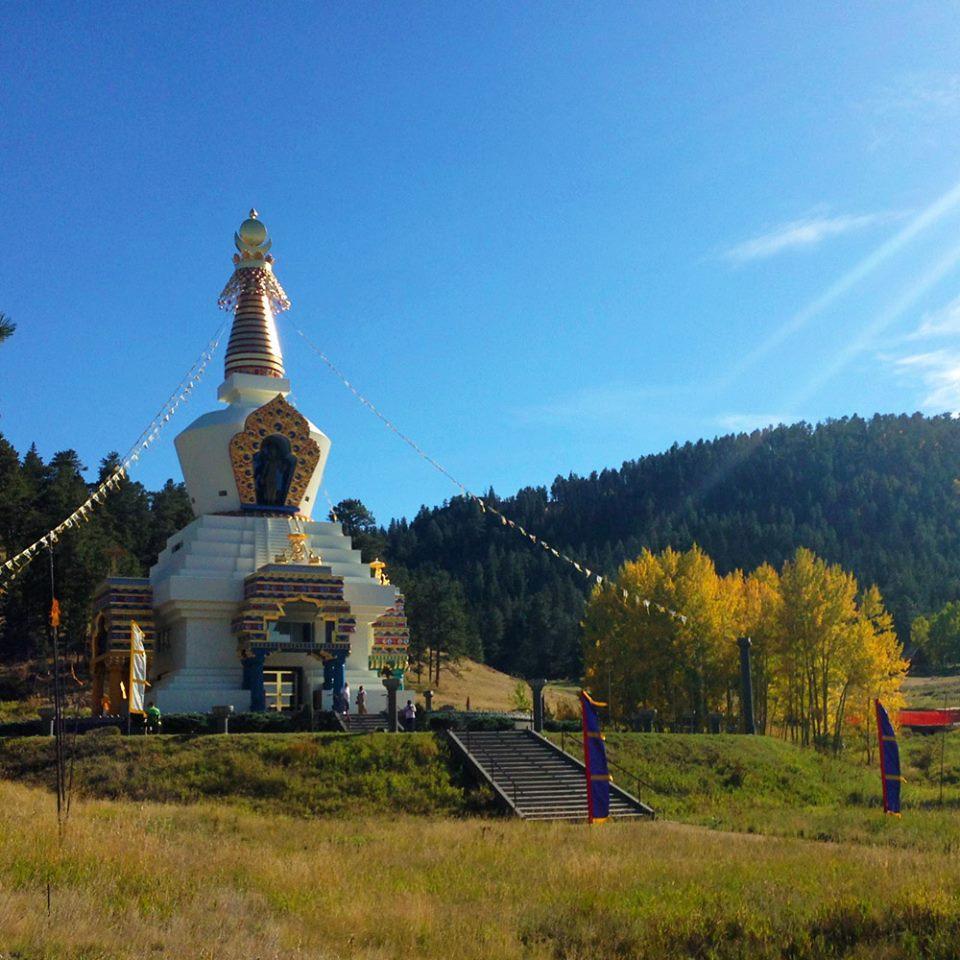
5. Drala Mountain Center
This retreat truly felt like my favorite journey into stillness. Nestled high in the Rocky Mountains on nearly 600 acres of alpine meadows and forest, it's surrounded by sweeping peaks and crisp mountain air. The setting is awe-inspiring yet calming, with a spiritual presence that invites you to slow down and open up.
My simple lodge room for two days reflected the center’s focus on mindfulness over luxury — warm wood accents, cozy bedding, and large windows that looked out onto the surrounding wilderness. It felt like a perfect balance of comfort and simplicity, with nature as the main feature.
What made my time here so memorable was the blend of contemplative practice and outdoor immersion. I joined guided meditation and mindfulness teachings rooted in Tibetan Buddhist traditions, balanced with invigorating hikes along mountain trails. The peaceful stupa on the property provided a sacred space for reflection, while shared meals emphasized community and nourishment.
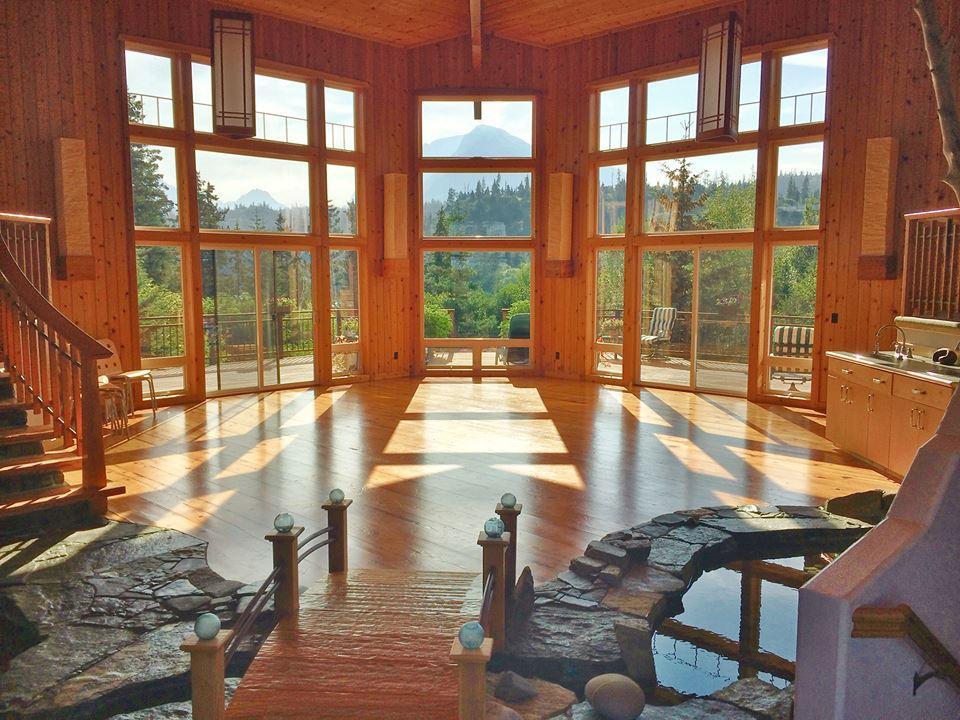
6. Stillpoint Lodge
This Alaskan retreat felt like a hidden gem at the edge of the world, and one of the most serene places I've ever been to! Accessible only by boat or seaplane, the lodge is tucked away in Halibut Cove, surrounded by dramatic fjords, glaciers, and the pristine waters of Kachemak Bay. The atmosphere is equal parts wild adventure and serene escape, where untouched Alaskan wilderness sets the stage for deep renewal.
My private cedar chalet for two days combined rustic charm with luxurious touches — think cozy fireplaces, natural wood finishes, and expansive windows that framed breathtaking views of the water and mountains. It felt both intimate and indulgent, perfectly designed for unwinding in nature’s embrace.
I think that Stillpoint Lodge is one of the best mindfulness retreats in the United States. Why? What I loved most was how each day balanced adventure with mindfulness. Guided hikes, kayaking alongside otters, and wildlife excursions blended seamlessly with yoga, meditation, and nourishing meals crafted from locally sourced ingredients. The rhythm of life here felt deeply restorative, shaped by both the raw power of Alaska and the gentle care of the retreat staff.
My favorite highlight was ending the day with meditation by the fire while the northern sky glowed with soft twilight.
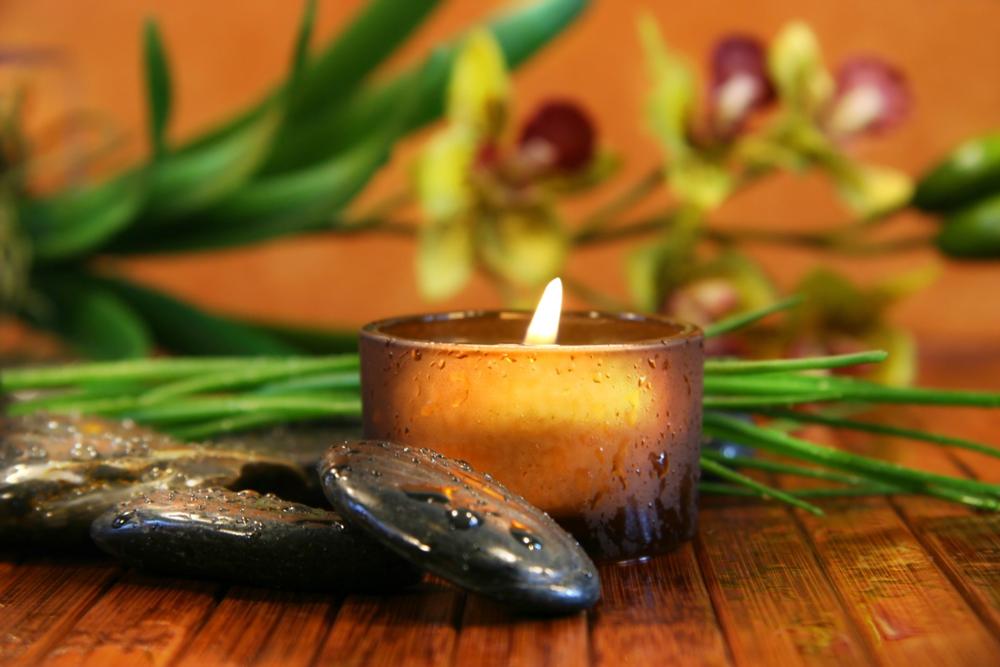
7. Franciscan Spirituality Center, Milwaukee, Wisconsin
This is one of my favorite places to visit because it offers a gentle, grounded kind of peace that’s hard to find in the middle of a city. I love that even in cooler months, the atmosphere feels warm and welcoming, making it an easy place to slow down, and reflect.
My room for two days was modest yet comfortable, with clean lines, soft lighting, and a contemplative feel — designed less for distraction and more for rest and reflection. The simplicity made space for mindfulness to truly unfold.
What makes this center special is its deep emphasis on spiritual renewal. Guests can take part in guided retreats, contemplative prayer, meditation, and creative workshops, or simply enjoy the quiet of the chapel and gardens. The Franciscan values of hospitality and compassion are woven throughout every detail, offering a sense of community and belonging.
For me, Franciscan Spirituality Center in Wisconsin, is one of the best mindfulness retreats because it's peaceful and unique!
In addition, I love that there's a lot to do nearby as well, including the Milwaukee Art Museum, the Harley-Davidson Museum, the Milwaukee Public Market, and the Pabst Mansion. You can also explore the Milwaukee Riverwalk, visit the Mitchell Park Domes, or enjoy a show at American Family Field.
Booking Checklist
1. Book Your Flight - I use Expedia because I like their mobile app with my itinerary. They've helped me re-book flights on many occasions. Once you reach their Gold tier, support is especially good.
2. Book Your Hotel - I use Booking.com or Expedia, depending on my destination.
3. Book Your Rental Car - I use Expedia.
4. Book your tours on Viator or Get Your Guide.
5. If you are planning to visit more than three national parks in the next 12 months, buy the America the Beautiful Pass.
